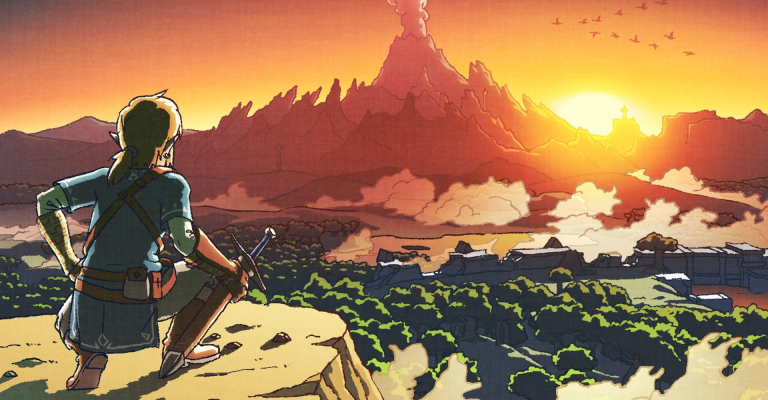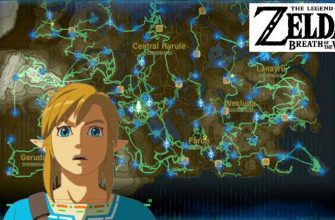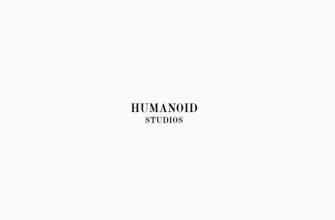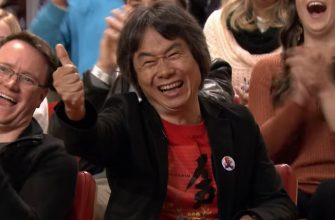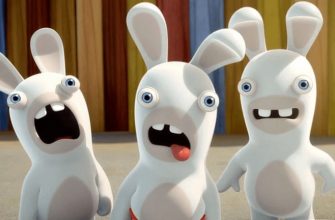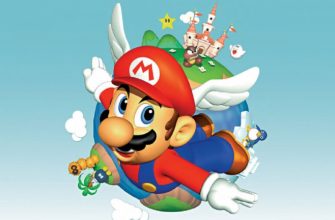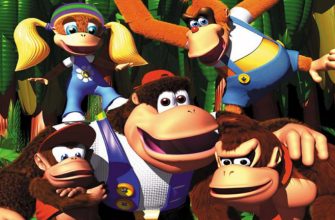We know Japan for its great temples, its capital and its culinary specialties, but few think of wonders which abound in its small rural villages, surrounded by vegetation. This is the case of the old town of Sonobe, or Shigeru miyamoto was born and grown. The child of a low-income family, young Miyamoto has few toys and does not own a television (which is only just starting to spread to Japanese homes and around the world). If he gets creative by making a few makeshift wooden toys himself that come to life with his childish imagination, it’s in the surrounding nature that it finds its true playground. This small town in Kyoto prefecture is indeed crossed by a river and is home to many small parks and other wooded mountains.
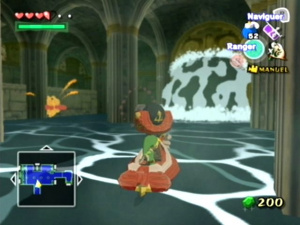
As soon as he is old enough to do so, the young Miyamoto ventures around his house, on foot or by bike, in order to discover the nature that surrounds him. In my pockets, no phone (and yes, we are in the 60s), no map allowing you to find your way. This is how guided by his instinct and his memory he sets out to explore the world with his child’s eyes. An experience that echoes games such as The Legend of Zelda: The Wind Waker, where the player ventures blindly through the meanders of different places and dungeons which are revealed as it advances on the mini-map.
When I was a kid I used to go for a walk and one day I ran into a lake. I was quite surprised to find him there. I traveled across the country without a map, trying to find my way, and discovered amazing things as I traveled. I realized the effect produced on me by such adventures.
But it is not this feeling that was at the origin of The Legend of Zelda, but rather a very special discovery. At the age of seven or eight, he found a small hill, not far from an ancient Shinto shrine, which he had fun climbing and exploring. But young Miyamoto did not expect to discover so many secret places there. Yet that’s what he’s about to do when, intrigued by a sort of tunnel on the ground, he decides to venture there. Yes but here it is, it is dark and it is impossible for him to see beyond the tip of his nose. Piqued in his curiosity, he decides to return there the next day armed with a small lantern. The tunnel is then revealed to him and takes him to a small cave full of other tunnels that he can now discover as he pleases, both scared, but above all amazed. Over the days, he returns to this place to discover the other small caves hidden within the hill, getting lost in the maze of tunnels crossing them… like a dungeon in The Legend of Zelda.
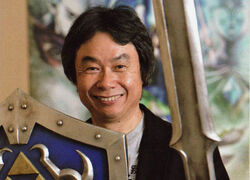
In the course of the interviews, Miyamoto often returned to this story, which, like Plato, constituted his own myth of the cave. This myth today forms the basis of the legend of this video game prodigy and the cult license he inspired, but also an allegory of Miyamoto’s very vision: let yourself be caught up in the wonders of exploration, to find your child’s soul.
20 years later, little Miyamoto has grown up. He works within at Nintendo since 1977 and has made a name for itself all over the world. The guy has put his signature and his know-how on the games that have made the success of the Japanese firm such as Donkey Kong or Mario Bros. It is therefore quite naturally his and the one we nickname his “right arm”, Takashi Tezuka, that was entrusted with the design, in 1984, of a brand new license with The Legend of Zelda.
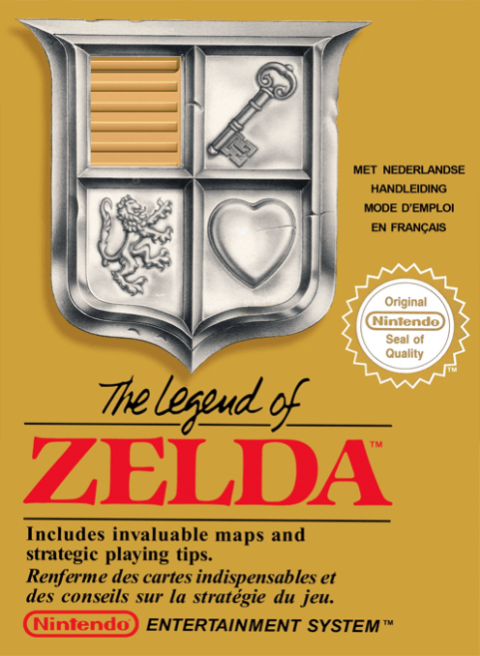
If at the same time the Japanese are also working on Super Mario Bros. (which will be released in 1985), it is in a totally different style that he wants to lead with Zelda: a great adventure much less interventionist leaving room for exploration and wonder. Seven years after his arrival at Nintendo, the young man wants to produce a more personal project and let speak the child who sleeps in him, the one who wandered in the forests and hidden caves of Sonobe. He adds to this some inspirations from popular games of the moment, like Hydlide and The Tower of Druaga, as well as a good dose of creativity, and so released in 1986 the innovative first Zelda.
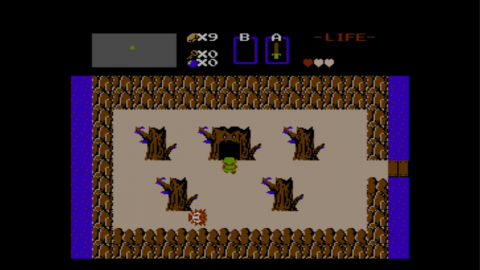
With its simple and accessible gameplay, The Legend of Zelda first of the name does not promote performance but rather free exploration, without precise indication. A somewhat confusing premise at a time when the open-world did not abound like today. So much so that when the game was released, many players complained about the impossibility of finding one’s way in the meanders of the various dungeons. Even the director of Nintendo at the time, Hiroshi Yamauchi, will be puzzled by this (too) great freedom:
We are not going to sell a game in which the player does not know where his objective is!
There was something to be apprehensive about then, and yet the game is very successful, first critical but above all commercial. During the first month of operation in the United States, The Legend of Zelda sold more than a million copies. In total, it will be more than 6.5 million cartridges that will be sold across the world, placing the game at Fifth place in the ranking of the best-selling Nintendo games on NES. This first opus also paved the way for a license that has become cult which continues today, 35 after its release, and stronger than ever thanks to the excellent Breath of the Wild.
If today Miyamoto is no longer so present in the development process of Zelda games, his spirit and his vision do endure. found in Breath of the Wild a kind of climax. Although it is profoundly different from the previous opus of the saga (Eiji Aonuma, producer of the license, announced at the time wanting to “rethink the conventions of Zelda”), on second thought, he is probably one of those similar most Miyamoto’s initial will.
The Legend of Zelda: The Wind Waker HD Making-of
With its large expanses of grass to explore, its mountains to climb or even its thousand secrets to discover, Breath of the Wild is an ode to exploration, a game in which we let ourselves get lost easily and with pleasure, caught up in our curiosity alone. For many players, Link’s quest quickly becomes anecdotal in the face of the call of this immense card which asks only to be discovered. Miyamoto the first since, according to Hidemaro Fujibayashi, director of the game, during the first presentation of the game, the latter spent an hour just climbing trees.
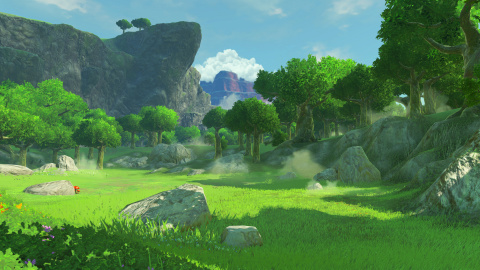
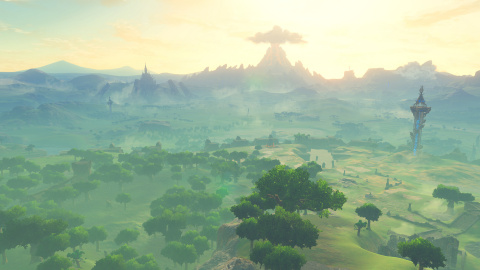
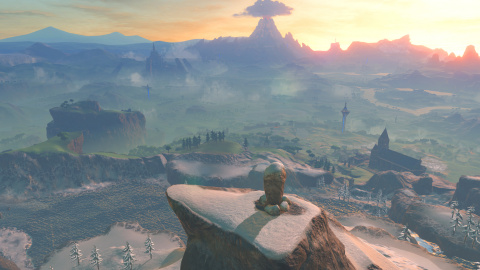
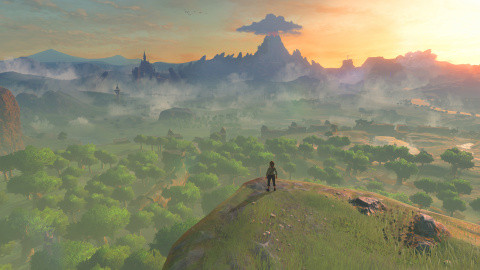
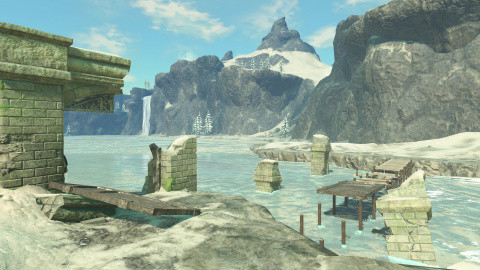
Thus, the freedom, the exploration, the nature and the wonder that they can arouse, which forged Miyamoto’s childhood, have never been so central to Zelda games as they are today. And for those who are enchanted, there is something to long for the next opus scheduled for 2024. And in the meantime, why not immerse yourself in the footsteps of young Miyamoto, by venturing into the flourishing plains of Breath of the Wild, to find, who knows, your own cave full of secrets?

